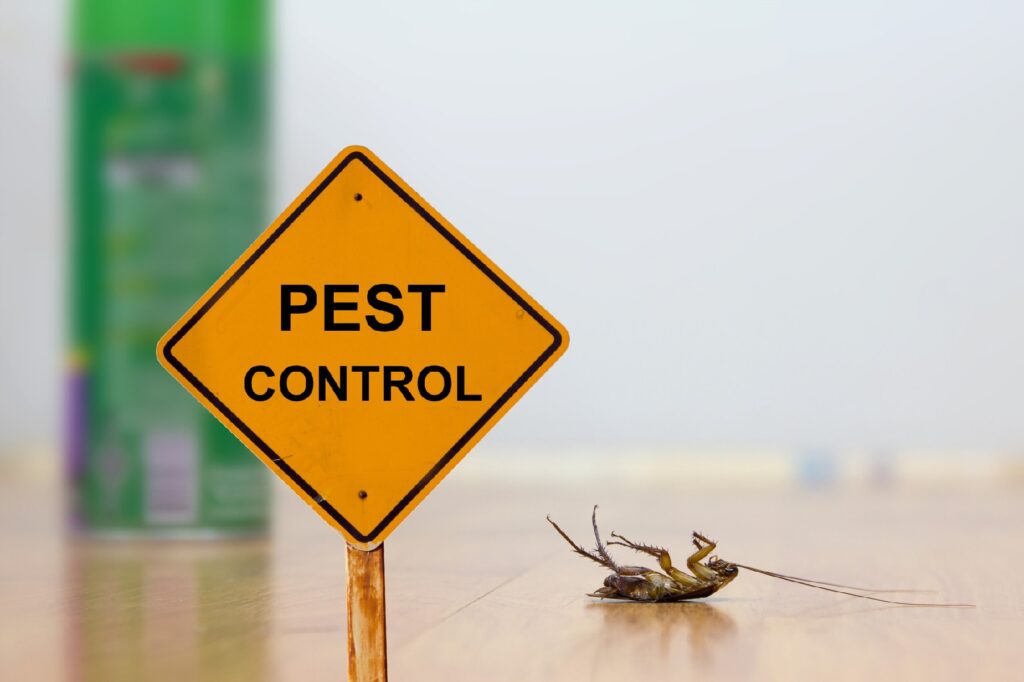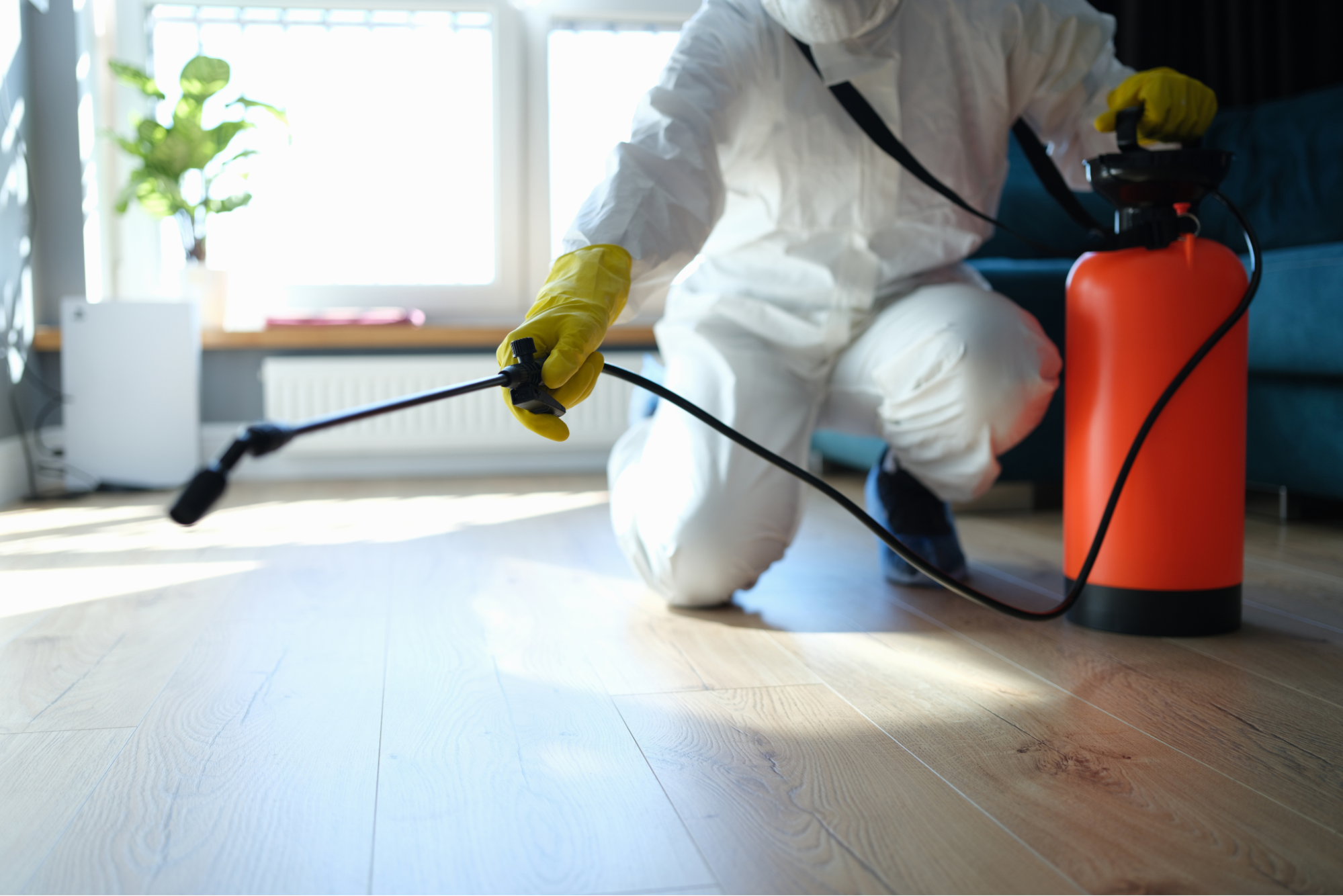A1 Bed Bug Exterminator Charlotte - Effective and Economical Services
A1 Bed Bug Exterminator Charlotte - Effective and Economical Services
Blog Article
Bed Insect Treatment Malfunction: Contrasting Chemical Vs. Non-Chemical Solutions
In the realm of bug control, especially when handling the persistent problem of bed insects, the selection between chemical and non-chemical treatment services can be a pivotal one. Both approaches provide unique advantages and drawbacks, influencing factors such as performance, security factors to consider, and general cost. By examining the nuanced information of each method, a clearer understanding of which course to go after in resolving a bed bug invasion can be attained.
Efficiency of Chemical Treatments
Chemical therapies for bed bug invasions have been widely identified for their fast and powerful effectiveness in eliminating these bugs. When considering the effectiveness of chemical treatments, it is essential to recognize that they can offer a extensive and fast remedy to a bed insect issue. Expert pest control men typically rely on insecticides to target bed bugs at numerous phases of their life cycle, consisting of nymphs, adults, and eggs. These chemicals typically work by interrupting the bed insects' nervous system, leading to paralysis and ultimate death.
Additionally, chemical treatments have the advantage of using recurring effects, implying that they can remain to get rid of bed insects even after the first application. This recurring action is especially advantageous in combating any kind of prospective re-infestations. Additionally, the fast activity of chemical therapies can bring alleviation to people dealing with serious bed bug problems, enabling them to regain control of their living areas quickly.
Safety And Security Worries With Chemical Solutions
One important aspect that needs careful factor to consider when using chemical services for bed pest treatment is guaranteeing the security of residents and the atmosphere. While chemical therapies can be reliable in removing bed pests, they may posture dangers if not taken care of properly. One of the key security interest in chemical options is the prospective injury they can cause to human health and wellness. Direct exposure to certain chemicals utilized in bed pest treatments can lead to breathing issues, skin irritability, or various other unfavorable reactions, specifically in individuals with pre-existing conditions or sensitivities. Furthermore, inappropriate application or dose of chemical pesticides can lead to hazardous residues sticking around in the cured area, presenting long-lasting health and wellness risks to owners.
In addition, the environmental influence of chemical options is another significant consideration. Some chemicals utilized in bed bug treatments might be hazardous to useful insects, wild animals, and ecological communities if they leach into the soil or water systems. It is important to make use of chemical treatments deliberately, adhering to safety and security guidelines, and considering much less toxic choices to mitigate these dangers and make certain the effective and risk-free management of bed pest invasions.
Benefits of Non-Chemical Techniques
Taking into consideration the possible safety worries and environmental impact associated with chemical solutions for bed bug treatment, discovering non-chemical strategies offers a promising choice with a number of unique advantages. Non-chemical treatments are environmentally pleasant, as they do not contribute to air or water pollution, making them a sustainable option for insect control.
Additionally, non-chemical solutions can be effective in targeting bed bugs, consisting of hard-to-reach areas where chemical therapies might not pass through - A1 exterminators charlotte nc. Approaches such as warm therapy, vacuuming, vapor cleansing, and cushion encasements supply comprehensive elimination without the usage of unsafe chemicals.
Limitations of Non-Chemical Treatments

Furthermore, non-chemical treatments usually require several applications to achieve effective obliteration. This can be lengthy and may not always guarantee total elimination of all bed bugs and their eggs, especially in hard-to-reach or surprise places.
Moreover, the success of non-chemical therapies greatly depends on correct implementation and thoroughness, which can be challenging for individuals without professional experience. Insufficient application of non-chemical methods might cause incomplete obliteration, bring about consistent invasions and the requirement for additional treatments.
As a result, while non-chemical treatments have their benefits, it is important to acknowledge these limitations and consider them top article when identifying the most effective method for managing bed bug problems.
Price Contrast: Chemical Vs. Non-Chemical Options
Provided the limitations connected with non-chemical therapies, an essential facet to examine in the context of bed insect management is the cost comparison between chemical and non-chemical options. Chemical therapies normally entail the application of insecticides by experts, which can range from $250 to $900 per room, relying on the seriousness of the infestation and the size of the area to be dealt with. In comparison, non-chemical therapies like heat therapy or steam can be a lot more pricey, with prices varying from $1,000 to $6,000 for an entire home. While the preliminary expense of chemical treatments may seem lower, several treatments might be required to fully eliminate the invasion, potentially boosting the pesticide control service general expense. On the various other hand, non-chemical choices may supply an extra lasting and green option, although they can be cost-prohibitive for some individuals. Ultimately, when considering the cost of bed bug therapy alternatives, it is necessary to weigh the upfront expenditures versus the effectiveness and long-term sustainability of the picked method.
Verdict

Considering the potential safety worries and environmental influence associated with chemical options for bed pest treatment, checking out non-chemical strategies presents an appealing option with a number of distinct benefits.Offered the restrictions connected with non-chemical treatments, an important facet to evaluate in the context of bed bug monitoring is the expense comparison in between chemical and non-chemical choices. In comparison, non-chemical therapies like heat therapy or vapor can be a lot more costly, with costs ranging over here from $1,000 to $6,000 for a whole home. While the first expense of chemical therapies may seem lower, multiple therapies may be needed to fully remove the infestation, potentially raising the total price.In final thought, when comparing chemical and non-chemical bed bug treatment options, it is crucial to think about efficiency, safety and security, advantages, constraints, and price.
Report this page